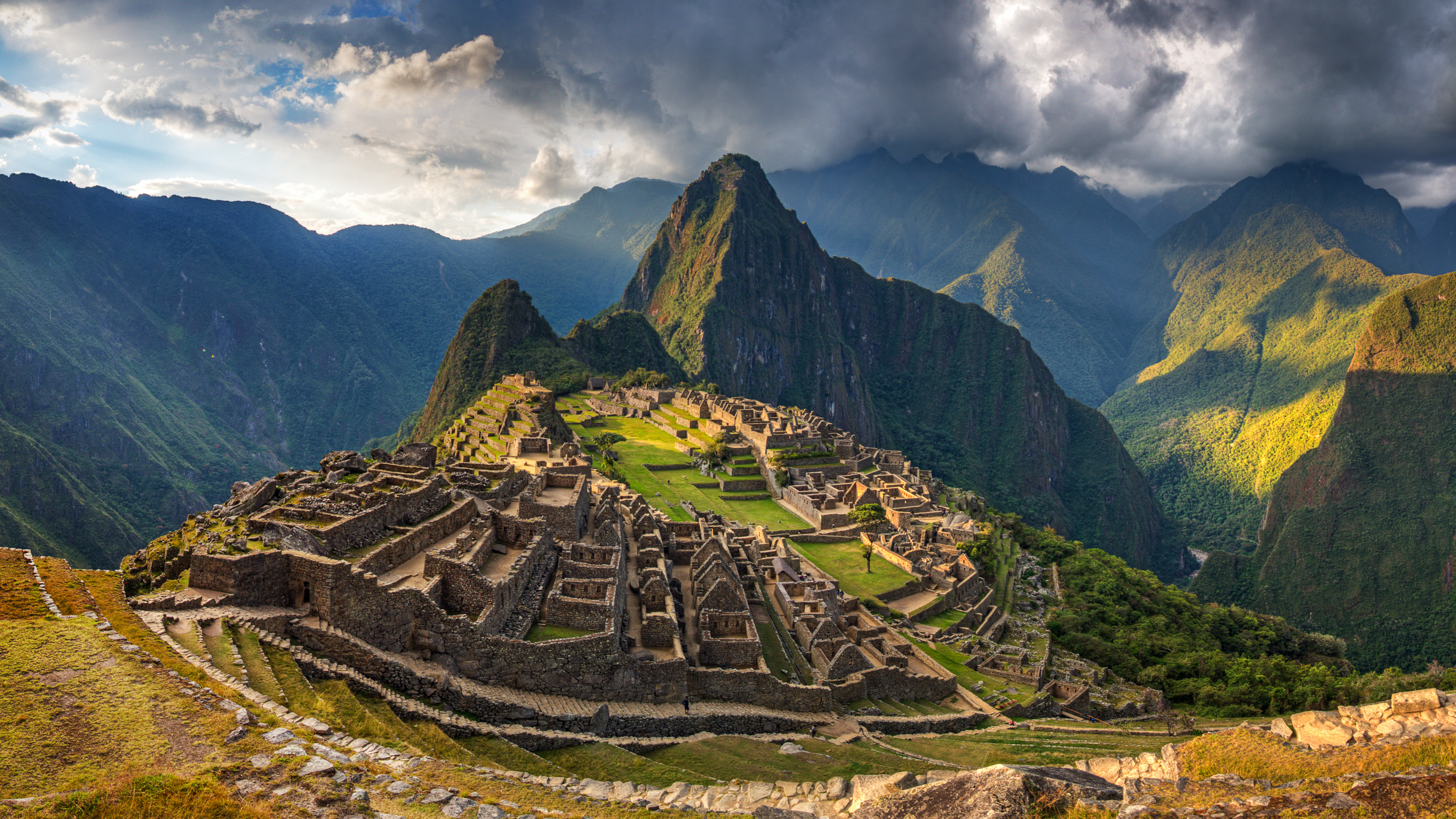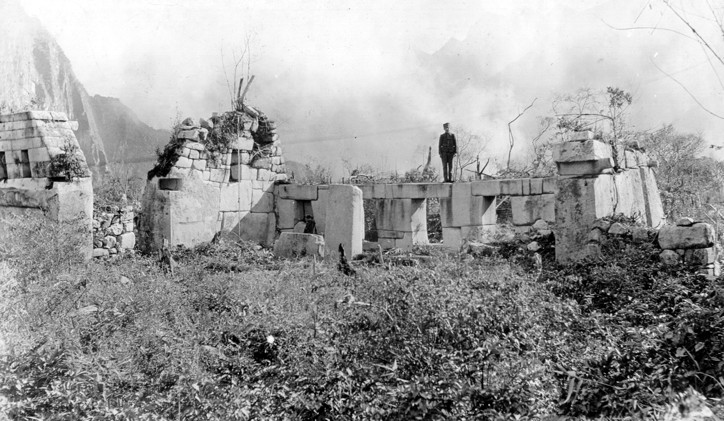Machu Picchu was built decades earlier than thought

The mountaintop Inca citadel of Machu Picchu in southern Peru was built and inhabited decades earlier than previously believed, according to new radiocarbon dates of human remains found at the archaeological site.
The discovery that Machu Picchu was inhabited by 1420 — and possibly much earlier — has implications for how early the Inca Empire rose to power.
"Machu Picchu is among the most famous archaeological sites in the world, but until now estimates of its antiquity and the length of its occupation were based on contradictory historical accounts written by Spaniards in the period following the Spanish conquest," study lead author Richard Burger, an archaeologist and anthropologist at Yale University in Connecticut, said in a statement.
Related: Image gallery: Inca child mummies
Those historical accounts suggested Machu Picchu was built between 1440 and 1450.
But in the new research, Burger and his co-authors found that human remains unearthed at the site show Machu Picchu was inhabited more than 20 years earlier than expected.

'Lost city'
Machu Picchu is located high in the Andes, at a height of almost 8,000 feet (2,430 meters) on a mountain ridge in Peru's Eastern Cordillera mountain range.
Sign up for the Live Science daily newsletter now
Get the world’s most fascinating discoveries delivered straight to your inbox.
It was abandoned in the 1530s after the Spanish invasion and later became popularly known in the west as the "Lost City of the Incas," although its location was never unknown by local people. Yale University's Hiram Bingham led expeditions to the site in 1911 and 1912, and it became world-famous in the decades that followed as an icon of the Inca civilization.
Archaeologists think Machu Picchu was built as an estate for the emperor Pachacuti, a hereditary ruler born in Cuzco, the Inca capital in what is now southeastern Peru. According to a chronology based on Spanish documents written after the conquest, the iconic citadel was built about 1438, after Pachacuti ascended to power and began expanding the empire into the nearby regions. .
To determine just when Machu Picchu was built, Burger and his colleagues examined the remains of 26 people — believed to be servants — that Bingham's expeditions found at three cemeteries in Machu Picchu.
The new analysis measured the ratio of certain versions, or isotopes, of carbon in the bones, using a sensitive technique known as accelerator mass spectrometry (AMS). Because the radioactive isotope carbon-14 decays at a certain rate and stops accumulating after living things die, the amount of this isotope can reveal how old organic materials are.
Burger explained that AMS is especially useful for dating the bones of skeletons where only small amounts of organic material remain.
The results show that Machu Picchu was occupied from at least 1420 until 1530 — decades earlier than previously thought. That in turn suggests that Pachacuti rose to power and began to conquer neighboring regions before that, the researchers wrote.

Inca chronology
Previous estimates of the age of Machu Picchu were derived from historical records compiled after the Spanish conquest in the 16th century by the Spanish rulers of the region, and the new discoveries challenge the reliability of using the historical records of colonial forces, the researchers wrote.
"Modern radiocarbon methods provide a better foundation for understanding Inca chronology than the contradictory historical records," Burger told Antiquity.
Dennis Ogburn, an anthropologist and archaeologist at the University of North Carolina at Charlotte, who was not involved in the research, said the discrepancy of several decades in the rise to power of Pachacuti would have implications for the understanding of Inca history.
Inca chronology "shows us not only how fast their empire expanded, but also how long they had to consolidate their control over the provinces they conquered," Ogburn told Live Science in an email.
"As we are able to revise and improve the chronology based on radiocarbon dates, we are coming to see that the Inca created and began expanding the Empire perhaps three or four decades earlier than the [historical] chronology indicated," he said.
Before improvements in radiocarbon dating like AMS, "we had little hope of refining the chronology of the Inca Empire because it was such a short-lived phenomenon in archaeological terms," he said. "Radiocarbon dates from earlier research did not have the resolution that allows us to fine tune things like we can now."
The findings were published Tuesday (Aug. 3) in the journal Antiquity.
Originally published on Live Science.
Tom Metcalfe is a freelance journalist and regular Live Science contributor who is based in London in the United Kingdom. Tom writes mainly about science, space, archaeology, the Earth and the oceans. He has also written for the BBC, NBC News, National Geographic, Scientific American, Air & Space, and many others.









